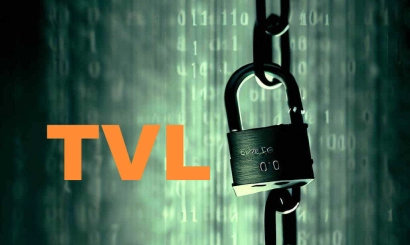Cryptocurrencies rely heavily on cryptography and privacy features, allowing users to maintain complete control of their digital assets without depending on traditional financial institutions. Users store their assets in personal wallets, protected by private keys and seed phrases. While having the seed phrase means full access to the wallet, losing it typically means losing access to the funds permanently. Unlike traditional banking, cryptocurrency systems don't offer customer support or legal remedies for lost access.
Shamir's Secret Sharing Scheme: An Overview
To help solve this security challenge, cryptographer Adi Shamir developed the Secret Sharing Scheme (SSS). Shamir, known for his work on RSA encryption and other cryptographic innovations, created this system to enhance security without sacrificing accessibility.
How SSS Works
SSS works by splitting a secret (like a private key) into multiple parts. The clever part is that you need a specific number of these parts to reconstruct the original secret. For example, you might split a secret into six pieces but only need any four of them to recover it. This provides both security and redundancy.
Practical Applications in Cryptocurrency
This approach is particularly useful for cryptocurrency wallets. Users can encrypt their private key and split it into several pieces, making it much harder for thieves to gain access while protecting against accidental loss. It's especially valuable for inheritance planning, allowing family members to access funds only by combining their shares.
Implementation and Limitations
Some hardware wallet manufacturers, like Trezor, have incorporated SSS into their products. However, this system isn't perfect. Using SSS with hardware wallets introduces potential vulnerabilities through malware or compromised firmware. Additionally, the system might be too complex for users who need frequent access to their funds.
Conclusion and Alternatives
While SSS provides enhanced security, traditional methods like properly stored seed phrases remain effective. Users can also employ additional security measures like passphrases or secure storage solutions to protect their cryptocurrency assets.







